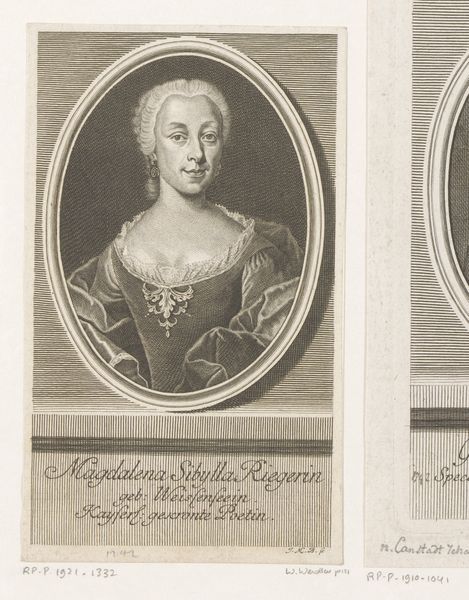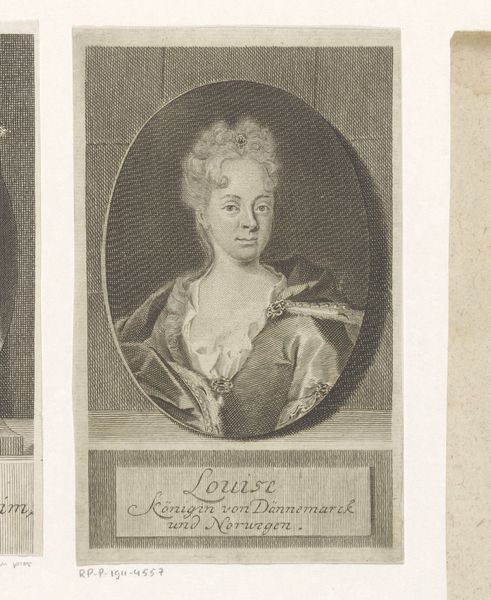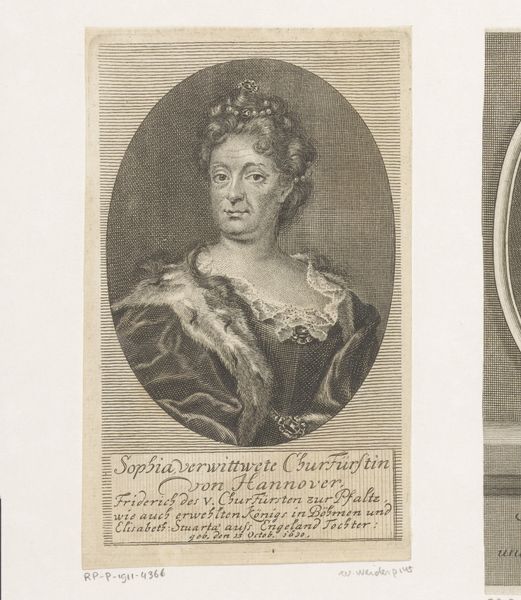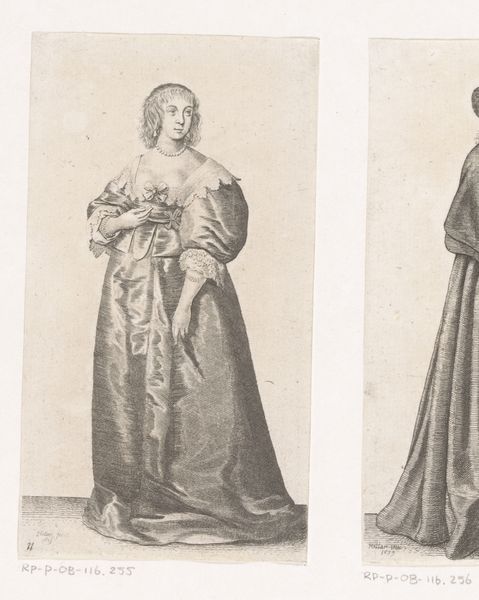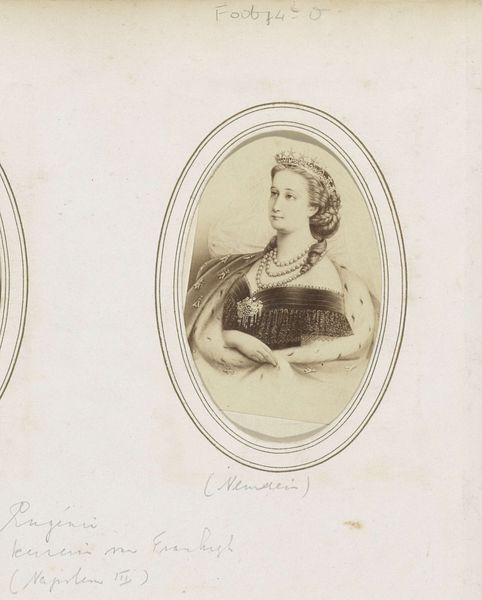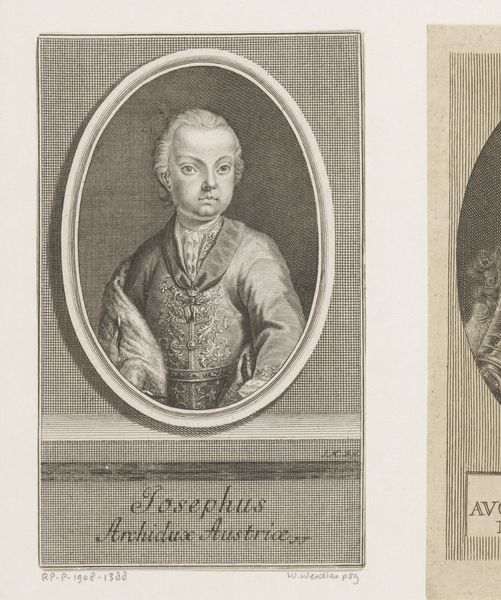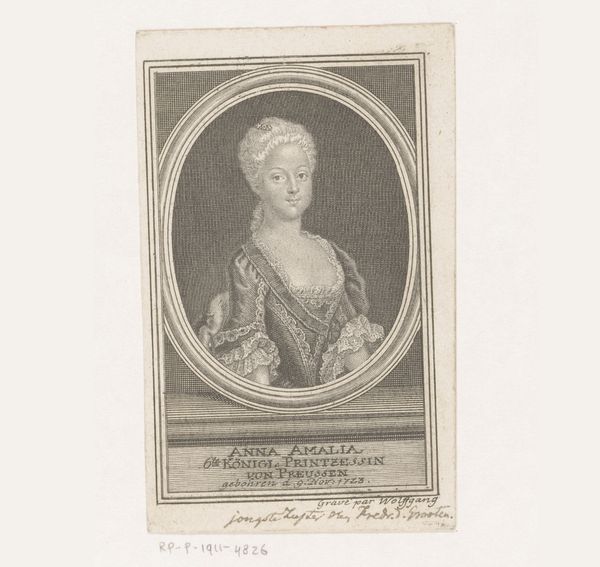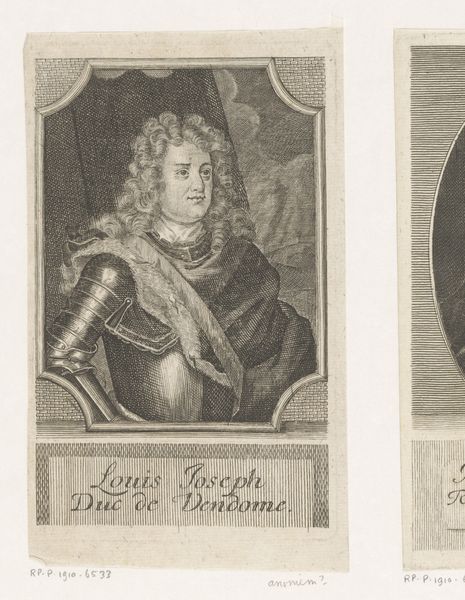
Portret van Maria Anna, aartshertogin van Oostenrijk 1723 - 1767
0:00
0:00
engraving
#
portrait
#
baroque
#
old engraving style
#
history-painting
#
academic-art
#
engraving
Dimensions: height 147 mm, width 86 mm
Copyright: Rijks Museum: Open Domain
Editor: Here we have Johann Martin Bernigeroth's "Portret van Maria Anna, aartshertogin van Oostenrijk," an engraving made sometime between 1723 and 1767. It's a formal portrait, but something about the delicate lines makes it feel very intimate. What strikes you when you look at this piece? Curator: The immediate thing I consider is the labor involved in producing this engraving. Think about the artisan's role. Bernigeroth didn't just create an image; he reproduced it through a complex, highly skilled, and demanding physical process. Each line is a result of direct, manual engagement with the material. How does this painstaking technique influence our perception of the aristocratic subject depicted? Editor: That's a great point! I hadn't thought about the craft aspect so much. It’s easy to get lost in the details of her dress, but each swirl was hand-cut. How would the availability of different materials affected his practice? Curator: Exactly! The quality of the metal, the tools available, the ink, and even the paper are all crucial elements. Moreover, engravings were often commissioned by the elite to disseminate their image. The print becomes a commodity, a form of early mass media reflecting and reinforcing social hierarchies. This raises the question of accessibility - who could afford these engravings, and what impact did it have on their own self-perception? It also raises the question about our relation with consumerism through fashion as seen through the luxury textures, don’t you think? Editor: That's fascinating! Thinking about the social and economic forces shaping the creation and distribution really shifts my understanding. I will certainly view engravings in a new light, as intricate records of labour and power, not just depictions of fancy royals. Curator: And understanding the materials and the processes reframes how we understand the cultural context. Now, you might see the Empress as more than the representation of a Queen, but instead an integral cog of power that is dependant of consumerist desire.
Comments
No comments
Be the first to comment and join the conversation on the ultimate creative platform.
